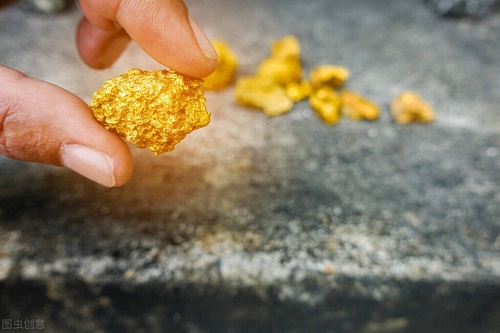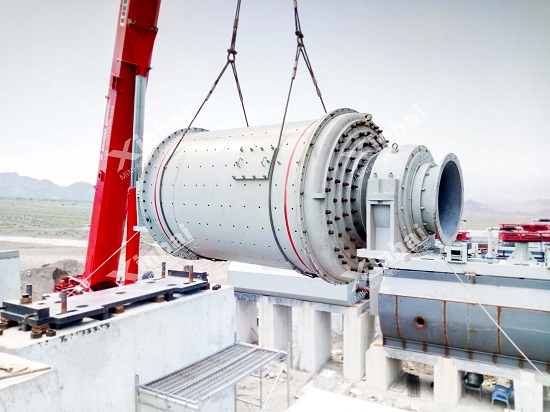The theoretical basis of various gold flotation processes is roughly the same, that is, gold ore particles can aggregate at the liquid-gas or water-oil interface due to the hydrophobic properties of their own surfaces or the hydrophobic properties obtained by flotation reagents.
The most widely used method is froth flotation. The ore is crushed and pulverized to dissociate various minerals into individual particles, and make the particle size meet the requirements of the flotation process. Various flotation agents are added to the milled pulp and mixed and mixed to interact with the mineral particles to expand the floatability difference between different mineral particles. The adjusted gold ore pulp is sent to the flotation cell, stirred and aerated.

The ore particles in the slurry contact and collide with the air bubbles, and the ore particles with good floatability selectively adhere to the air bubbles and are carried up to form a mineralized foam layer composed of gas-liquid-solid three-phase. The pulp surface overflows, and then dewaters and dries into a gold concentrate product. Mineral particles such as gangue that cannot float are discharged from the bottom of the flotation tank with the pulp as tailings.
The process is used to reflect the principle scheme of various ore sorting, including the process used for sorting, the sequence between each process, etc. Due to the large differences in the characteristics of gold mines such as khenbu particle size, dissemination characteristics, argillization characteristics, and associated mineral components, there are certain differences in the flotation process of different gold mines. The common principle processes are as follows:
1. Flotation + cyanide leaching
It is often used to treat sulfide ore containing a certain amount of gold and silver. In the process flow, the gold ore is firstly subjected to flotation operation, and a small amount of concentrate obtained by flotation is then subjected to cyanidation leaching. Compared with all-slime cyanidation, this process does not require fine grinding and leaching of all minerals, which is more time-saving, labor-saving and money-saving.
2. Flotation + concentrate roasting + calcine leaching
This gold ore flotation process is generally used for insoluble gold-arsenic ore, gold-antimony ore and gold-pyrite with extremely high sulfide content. A small amount of concentrate is obtained by flotation, which reduces the processing capacity of subsequent operations. The purpose of intermediate roasting is to remove elements such as arsenic and antimony that are harmful to cyanidation leaching.
3. Flotation + flotation concentrate pyroprocessing
A small amount of concentrate products should be obtained by flotation first, and then the remaining impurities should be removed by heating, melting and smelting. This gold ore flotation process is often used to treat most sulfide ores containing gold and silver. During the flotation process, gold and silver enter the closely related minerals such as copper and lead, and finally the flotation concentrate is sent to the smelter for purification.
4. Flotation + flotation tailings or medium ore cyanation + flotation concentrate roasting cyanidation in situ
This method is commonly used in the industry to process quartz sulfide ore containing gold telluride, pyrrhotite, chalcopyrite and other sulfide ores. The sulfide ore concentrate is obtained by flotation, and the gold and silver in it are exposed by roasting. Cyanide leaching was performed on the roasted product. At the same time, due to the high content of gold and silver in the middle and tailings obtained by flotation, it needs to be recovered by cyanidation leaching.
5. Raw ore cyanide + cyanide tailings flotation
For some sulfide ore containing gold and silver, cyanidation cannot completely recover the gold and silver in it, so the cyanided slag is flotated to improve the gold and silver recovery rate.
Gold ore flotation process is a relatively complex beneficiation process. In the beneficiation process, there are many types of flotation processes, such as preferential flotation, mixed flotation, partial mixed preferential flotation, equal flotation, branched series flotation, flash flotation, and rapid flotation.



.jpg)





